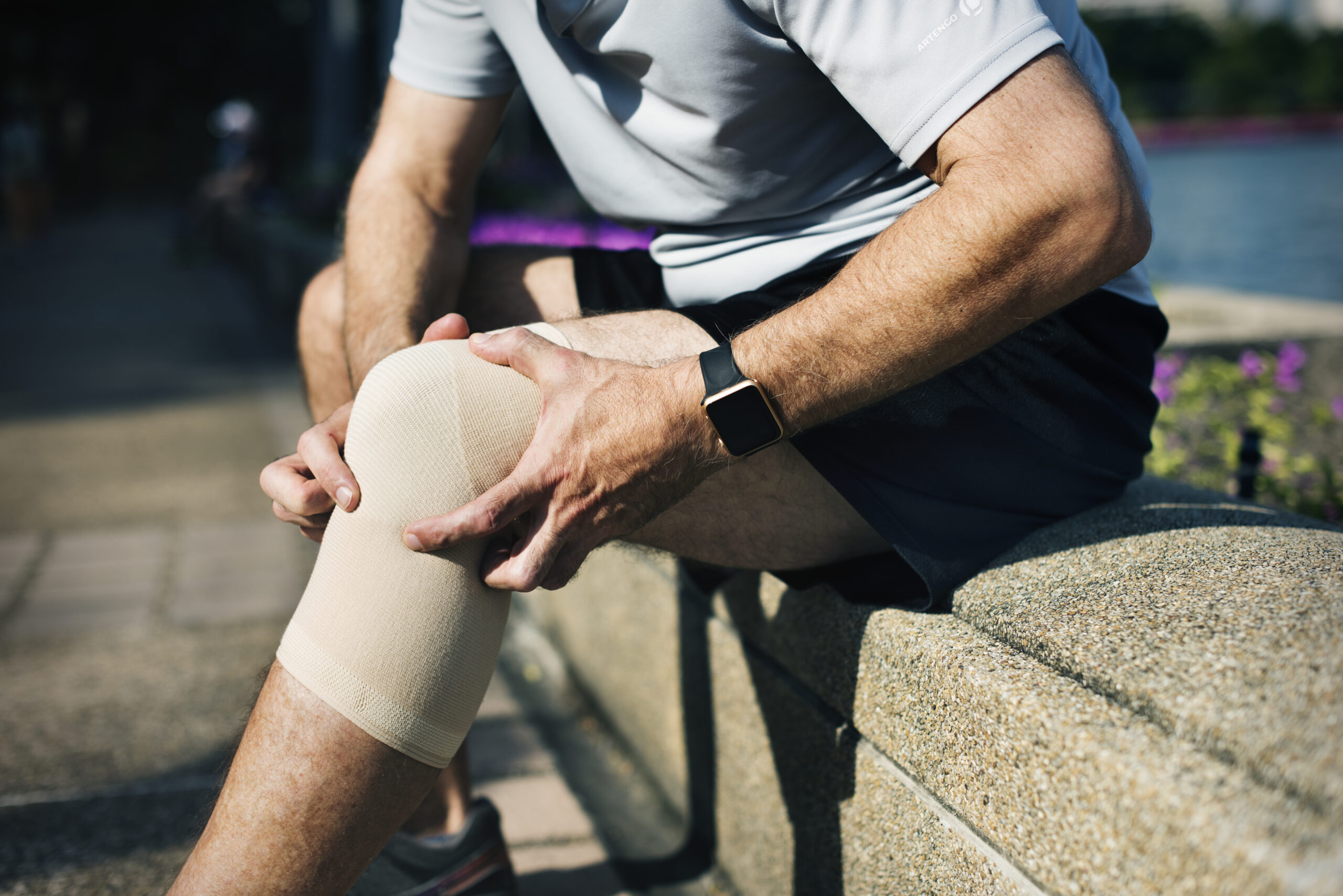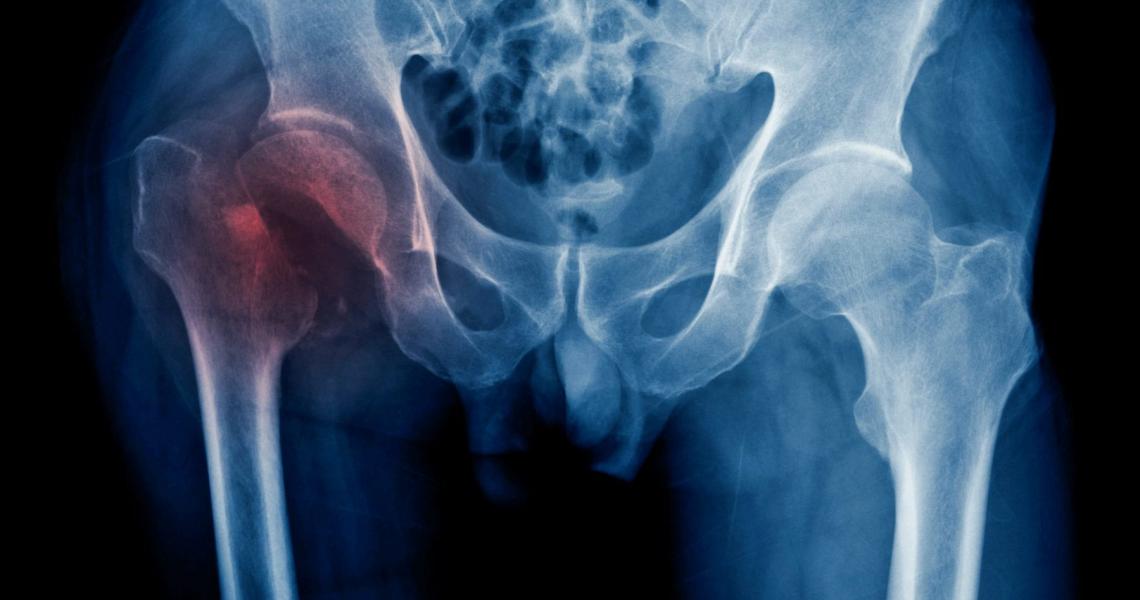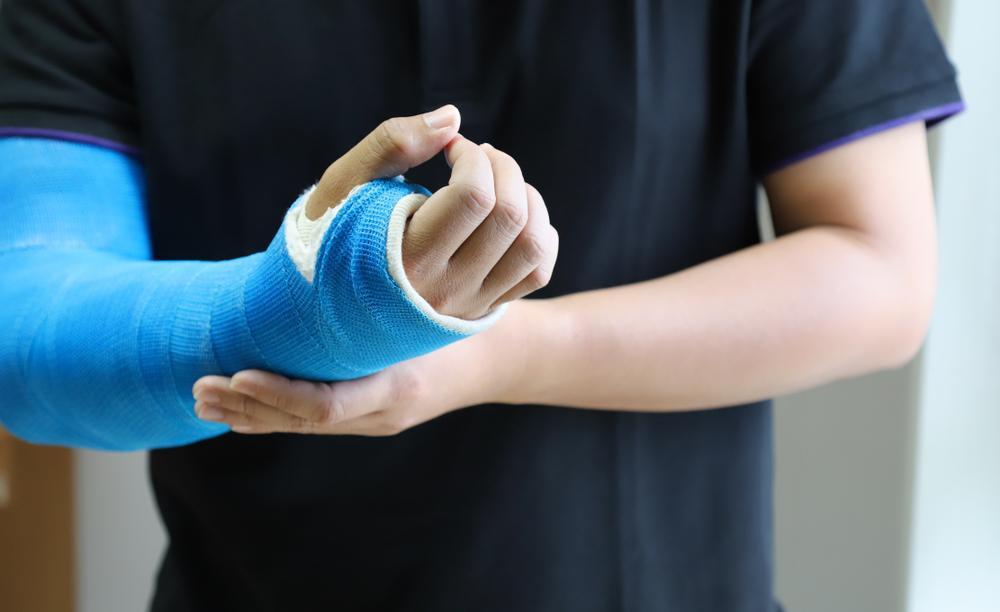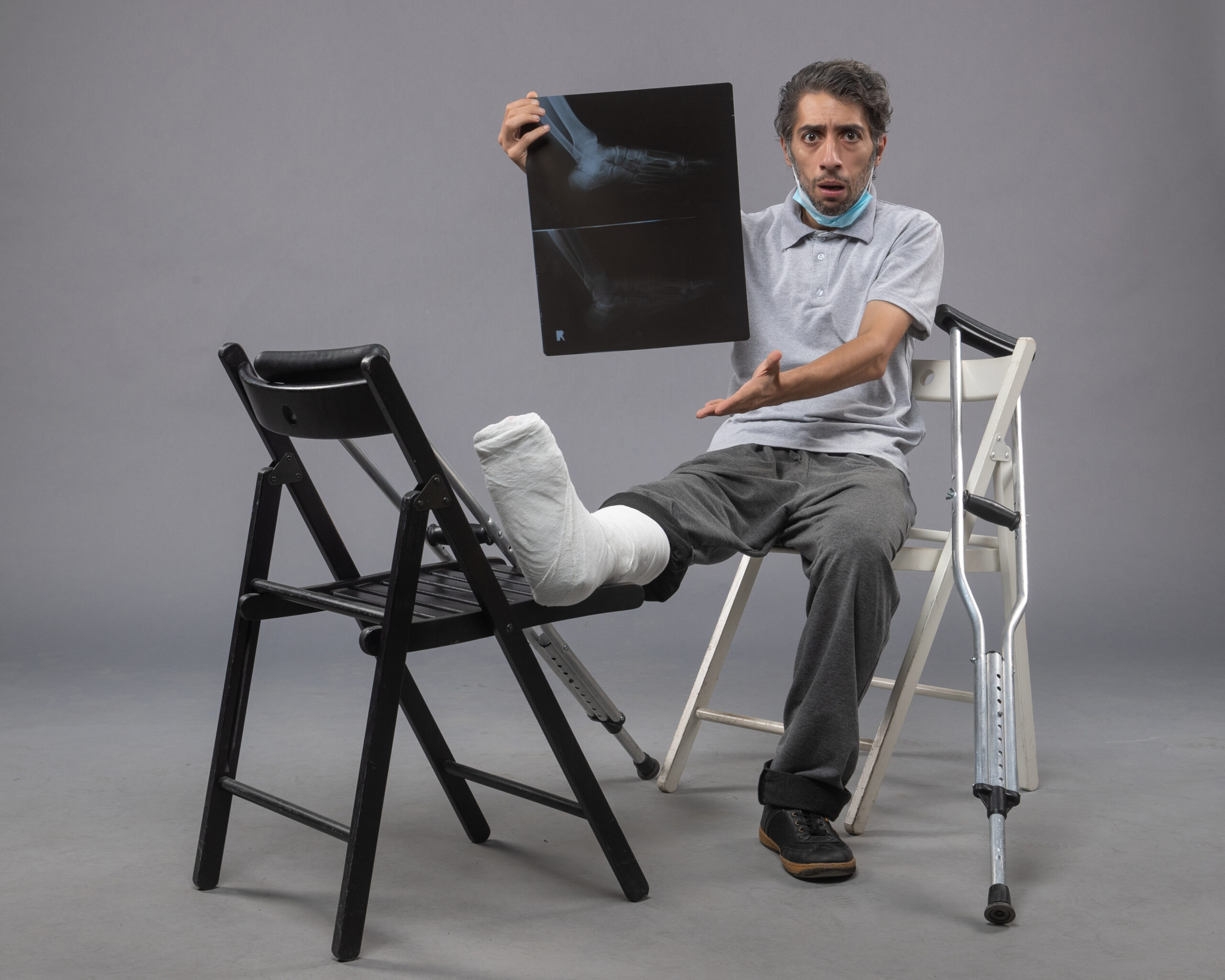Fractures, or broken bones, are a common occurrence, affecting people of all ages and activity levels. Whether caused by a fall, a car accident, a sports injury, or even overuse, a fracture can be a painful and disruptive experience. However, understanding the different types of fractures, treatment options, and the recovery process can empower you to navigate this experience with confidence.
This article serves as a comprehensive guide to fractures, providing you with the information you need to make informed decisions about your health.
The Broken Landscape: Exploring Different Types of Fractures
Fractures can be classified in various ways, depending on the severity, location, and appearance on an x-ray. Here’s a breakdown of some common types:
- Closed Fracture (Simple Fracture): The broken bone doesn’t pierce the skin. This is the most common type of fracture.
- Open Fracture (Compound Fracture): The broken bone breaks through the skin, creating a wound and increasing the risk of infection.
- Comminuted Fracture: The bone is shattered into multiple pieces.
- Displaced Fracture: The broken bone ends are misaligned.
- Non-displaced Fracture: The broken bone ends remain aligned.
- Stress Fracture: A small crack in the bone caused by repetitive stress, often seen in athletes.

Understanding the Cause: Why Bones Break
Several factors can contribute to a fracture:
- Trauma: A sudden impact from a fall, accident, or sports injury is a common cause of fractures.
- Overuse: Repetitive stress on a bone, particularly in athletes, can lead to stress fractures.
- Underlying Medical Conditions: Diseases like osteoporosis that weaken bones can increase the risk of fractures even from minor impacts.
Recognizing the Signs: Symptoms of a Fracture
A fracture can manifest through various symptoms:
- Pain: The most common symptom is pain at the fracture site, often worsening with movement.
- Swelling: Inflammation and swelling around the injured area are common.
- Bruising: Discoloration of the skin surrounding the fracture may occur.
- Deformity: In some cases, the affected limb may appear visibly deformed or bent at an unnatural angle.
- Loss of Function: Difficulty moving or putting weight on the injured limb is a common symptom.
Seeking Help: Diagnosis and Treatment Options
If you suspect a fracture, seek immediate medical attention. Here’s what to expect:
Physical Examination: A doctor will examine the injured area, checking for pain, swelling, and deformity.
Imaging Tests: X-rays are typically used to visualize the fracture and determine its location and severity. In some cases, additional imaging tests like CT scans or MRIs might be needed.
Treatment Options: The best treatment for a fracture depends on the type and severity of the injury. Here are some common approaches:
- Immobilization: For minor fractures, casting or splinting may be sufficient to hold the broken bone fragments in place while they heal.
- Reduction: If the bone fragments are misaligned, a doctor might need to manually reposition them (closed reduction) or perform surgery (open reduction) to achieve proper alignment.
- Fixation: Once the bones are aligned, various methods may be used to hold them in place during healing. This can involve casts, splints, screws, plates, or rods.

The Road to Recovery: Healing and Rehabilitation
The recovery time for a fracture varies depending on the severity of the injury, your age, and overall health. However, a typical recovery timeline can look like this:
- Immobilization: The initial period involves wearing a cast or splint for several weeks to allow the bone fragments to heal.
- Physical Therapy: Rehabilitation exercises play a crucial role in regaining strength, flexibility, and range of motion in the injured area.
- Gradual Return to Activity: With your doctor’s guidance, you’ll gradually increase your activity level to return to your daily routine and desired activities.
Preventing Fractures: Building a Strong Foundation
While fractures can happen, there are steps you can take to minimize your risk:
- Maintain Bone Health: Eat a balanced diet rich in calcium and vitamin D, essential nutrients for strong bones.
- Weight-Bearing Exercise: Regular weight-bearing exercises like walking, running, or dancing help build and maintain bone density.
- Fall Prevention: For seniors or individuals with balance issues, taking steps to prevent falls is crucial. This includes installing grab bars in bathrooms, improving home lighting, and wearing proper footwear.
- Strength Training: Building strong muscles around your bones helps provide support and stability, reducing the risk of fractures during falls or injuries.
- Know Your Limits: Engage in activities appropriate for your age and fitness level. Pushing yourself too hard in sports or exercise can increase your risk of overuse injuries.
- Proper Equipment: Use appropriate safety gear for activities like cycling, skateboarding, or skiing to minimize the impact of falls.
Living with a Fracture: Managing Pain and Promoting Healing
While healing a fracture can be a frustrating wait, some strategies can help manage pain and promote recovery:
- Pain Management: Your doctor might prescribe pain medication to manage discomfort during the initial stages of healing. Over-the-counter pain relievers like ibuprofen or acetaminophen can also be helpful.
- Elevation: Elevating the injured limb above the heart level can help reduce swelling and pain.
- Ice Therapy: Applying ice packs to the injured area for short intervals (15-20 minutes at a time) can help reduce pain and inflammation.
- Healthy Diet: Eating a nutritious diet rich in fruits, vegetables, and whole grains provides your body with the essential nutrients it needs for healing.
- Patience and Optimism: Healing takes time. Be patient with your body and remain optimistic about a full recovery.

Beyond the Basics: Complications and Long-Term Effects
In some cases, complications can arise from fractures:
- Nonunion: The bone fragments fail to heal properly, leaving a gap between them.
- Malunion: The bone heals in an abnormal position, which can affect function and mobility.
- Infection: Open fractures are more susceptible to infection, requiring prompt medical attention and antibiotics.
When to Seek Additional Help:
If you experience any of the following symptoms after a fracture, consult your doctor immediately:
- Increased pain or swelling
- Numbness or tingling in the injured area
- Fever or chills (signs of infection)
- Difficulty moving the injured limb even after the cast or splint is removed
Conclusion: Building Resilience and Moving Forward
A fracture can be a disruptive event, but with proper diagnosis, treatment, and rehabilitation, a full recovery is often possible. By understanding the different types of fractures, treatment options, and the healing process, you can navigate this experience with confidence. Remember, prioritizing bone health through a balanced diet, regular exercise, and fall prevention can significantly reduce your risk of fractures in the first place. Don’t hesitate to consult your doctor for personalized guidance on managing your fracture and ensuring a full and successful recovery. With patience, dedication, and the right support system, you can overcome this challenge and get back to enjoying your life’s activities.






